Toddler Program
Curriculum Goals
Our youngest learners at Nia House are aged 18 months to 3 years.
Nia House’s goal is to help children to become and remain:
naturally independent
socially responsible
confident
physically capable
curious
motivated learners
Maria Montessori believed that the impressions and information that the child unconsciously absorbs at the earliest stages of life from the environment is used to construct and create the self.
Nia House supports each child in the process of self-creation through our prepared environment and observant and responsive teachers.
Several developmental tasks according to Montessori are:
Movement developing competence in gross and fine motor skills, balance, becoming aware of spacial relations;
Order becoming conscious of, responding to, and contributing to the order and maintenance of the environment; and
Language responsible communication and understanding of the wants and needs of self and others, as well as cognitive experiences of grammar, vocabulary and syntax.
Activities in the toddler program are designed to help the child connect to the world through each of their senses. There are daily opportunities for touching, seeing, hearing, tasting, smelling, and refining perceptions. Each child’s day is also spent learning and practicing simple self care and care of the immediate environment, uninterrupted and at the child’s own pace.
A Toddler Day at Nia House
8-9am Arrival Outdoor Time
Toddlers walk into Nia House carrying their lunch, put the lunch in their cubby, and enter the toddler yard. Upon arrival, toddlers use the toilet and wash hands. The first part of the morning is spent outside, choosing works in the Quiet Area (puzzles, blocks, trains, etc.) and children can also climb, run, or bike.
9-10:30am Morning Work Period Example work period video
One day each week, the toddler class will go for a neighborhood walk.
The morning work period is a time when children can freely choose their own work and explore materials. Children bring their works to a table or a rug on the floor. The teacher’s role is to observe, offer support and presentation with new or challenging materials, to support social interactions when needed, and help with toileting.
Materials are beautifully displayed on the shelves and are changed regularly to keep the classroom interesting. Examples of toddler works include:
Self serving snack- egg peeling, tea, tangerine peeling, hummus spreading
Art- Painting, stickers, chalk
Flower arranging
Reading
Puzzles
Practical life- pouring, spooning, window washing
Sensorial materials



















